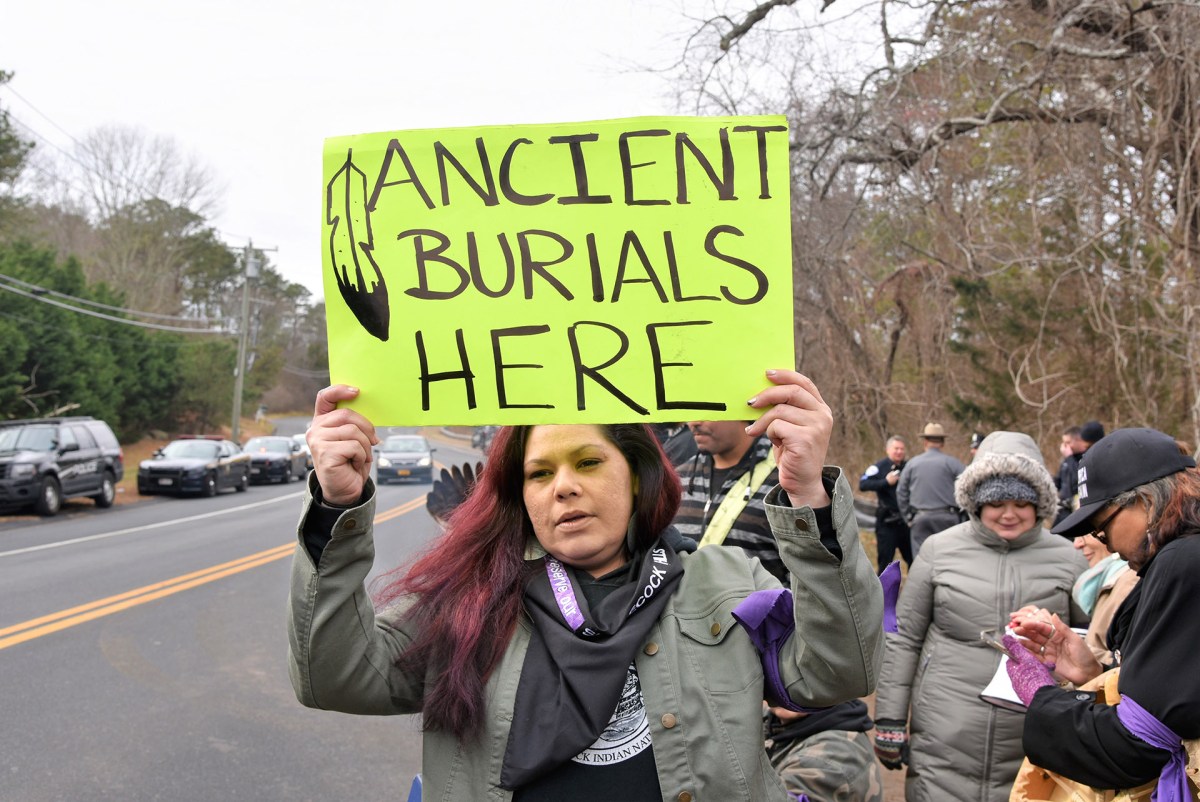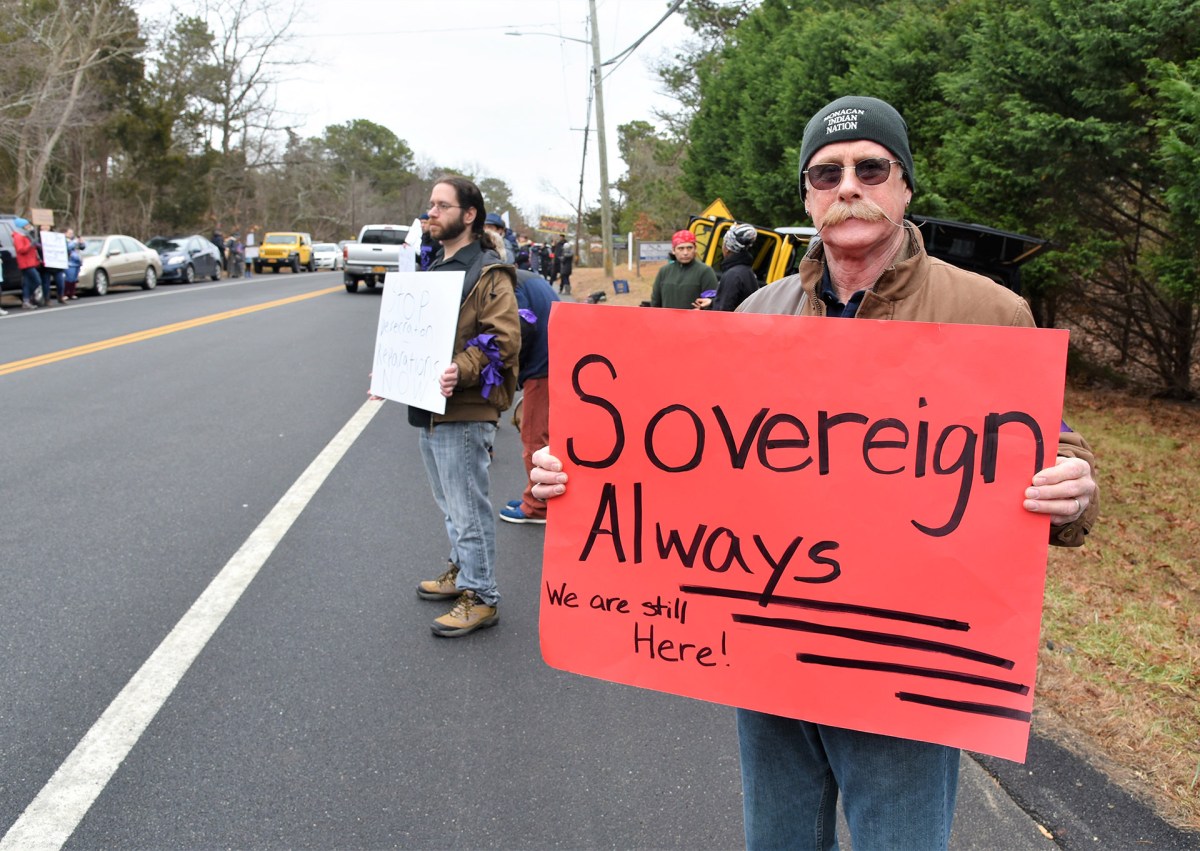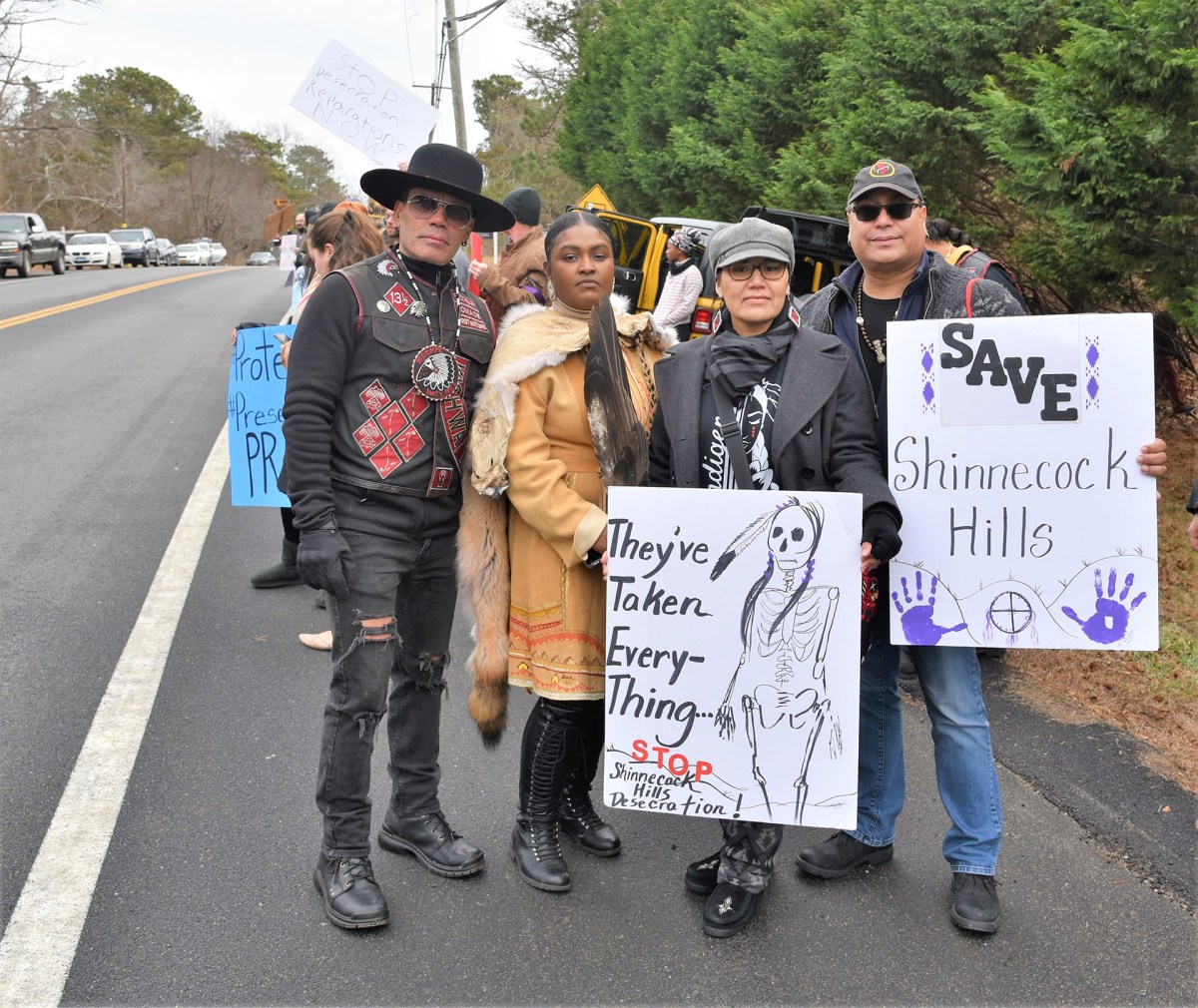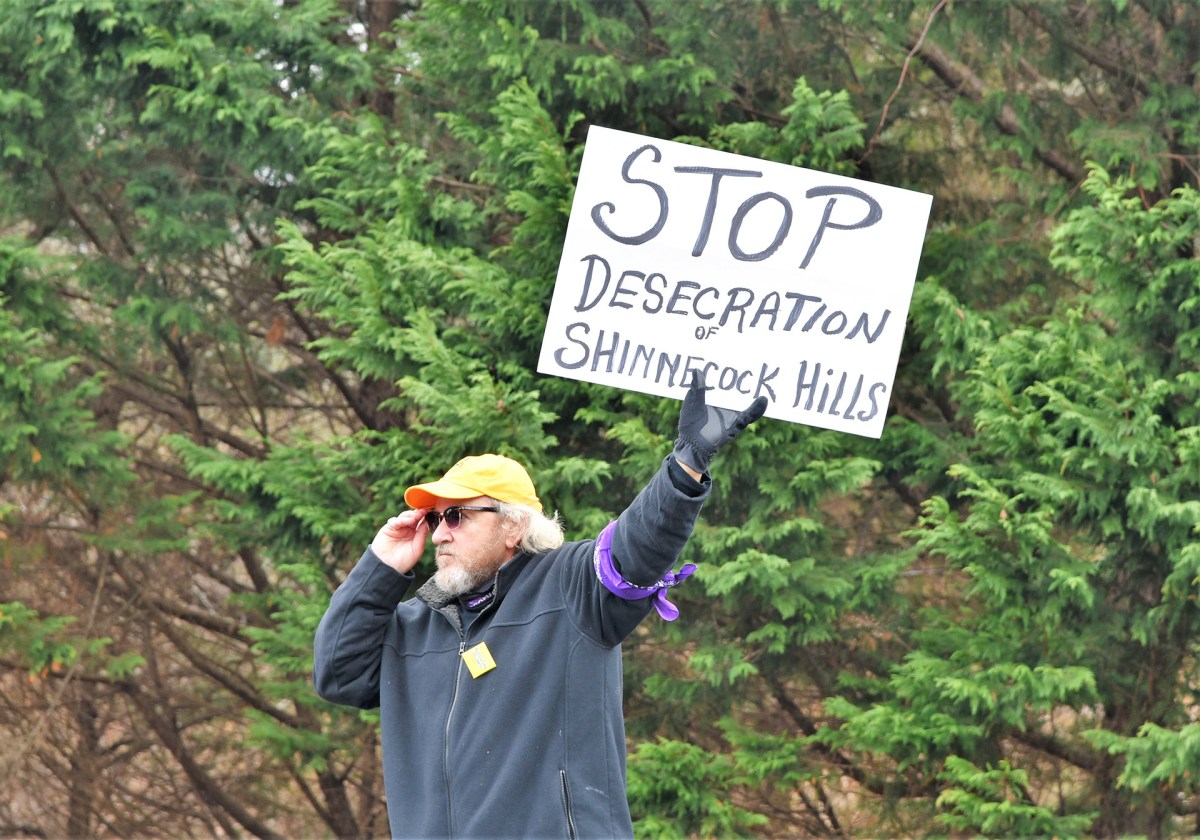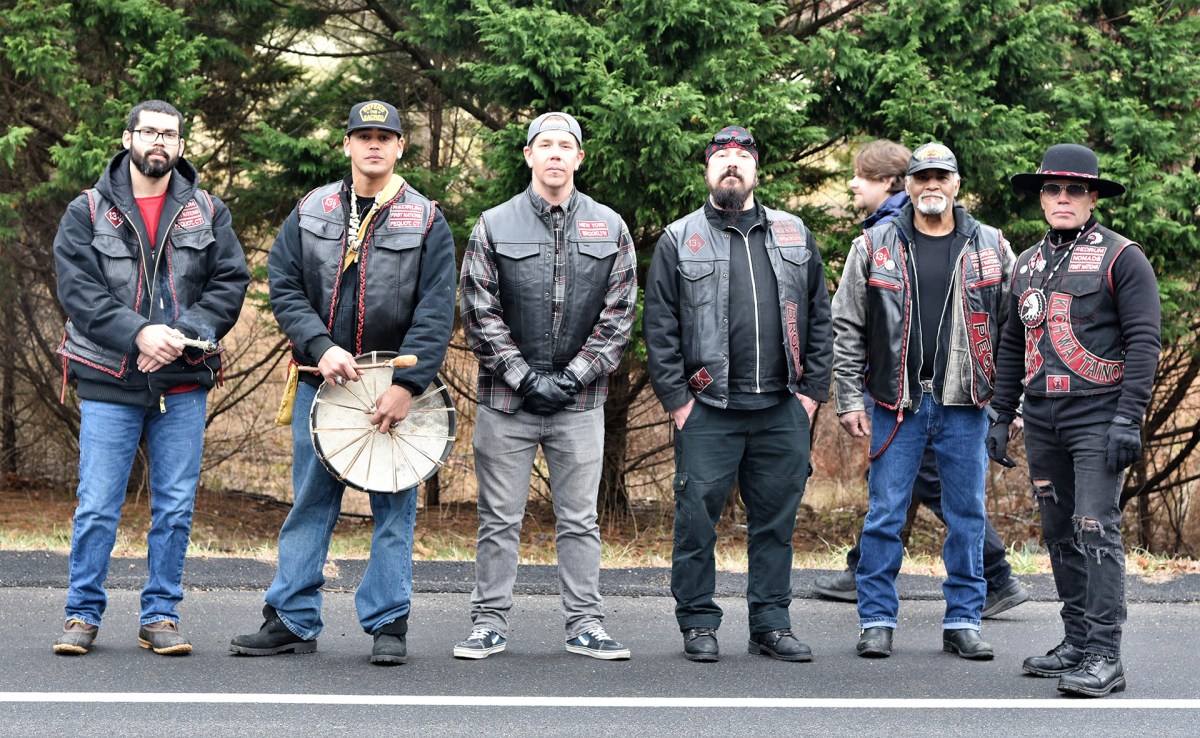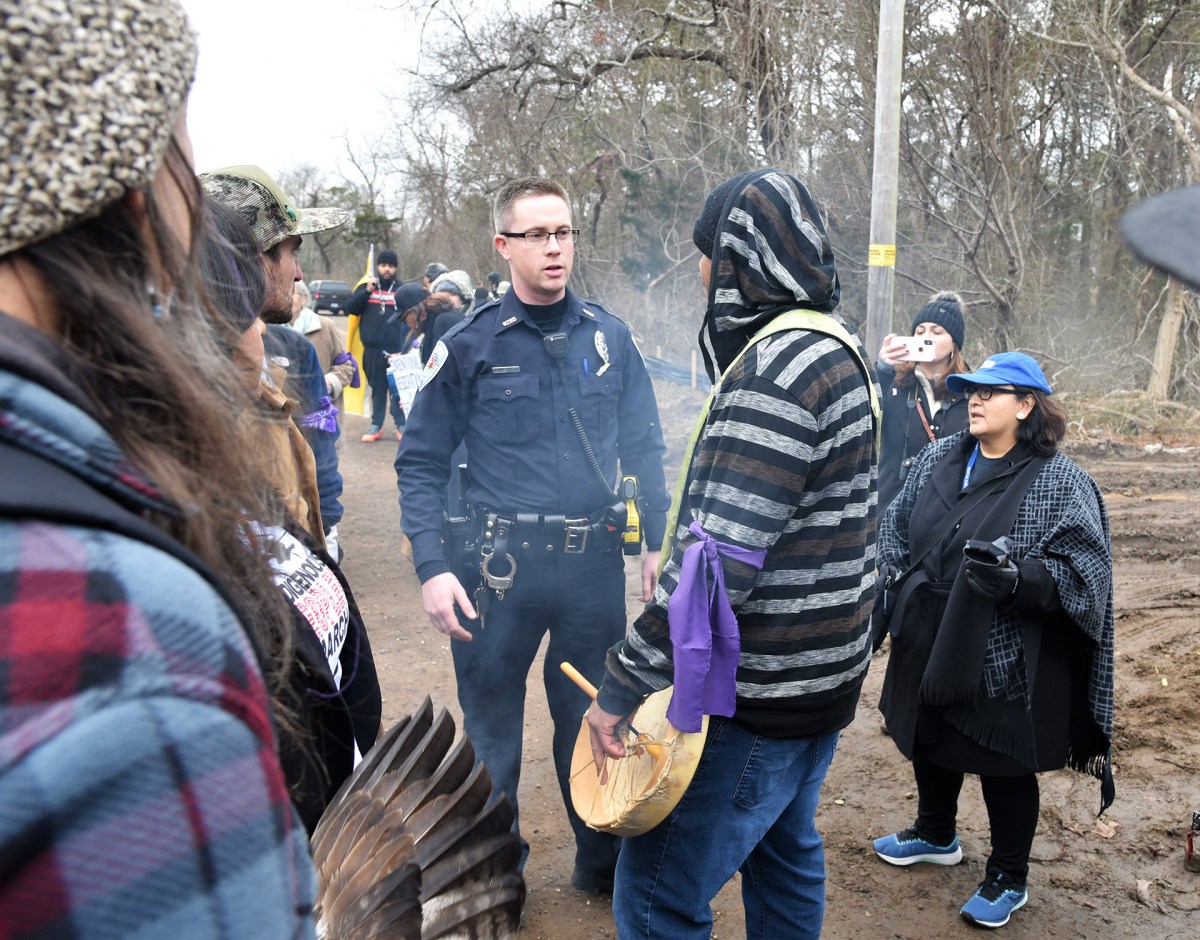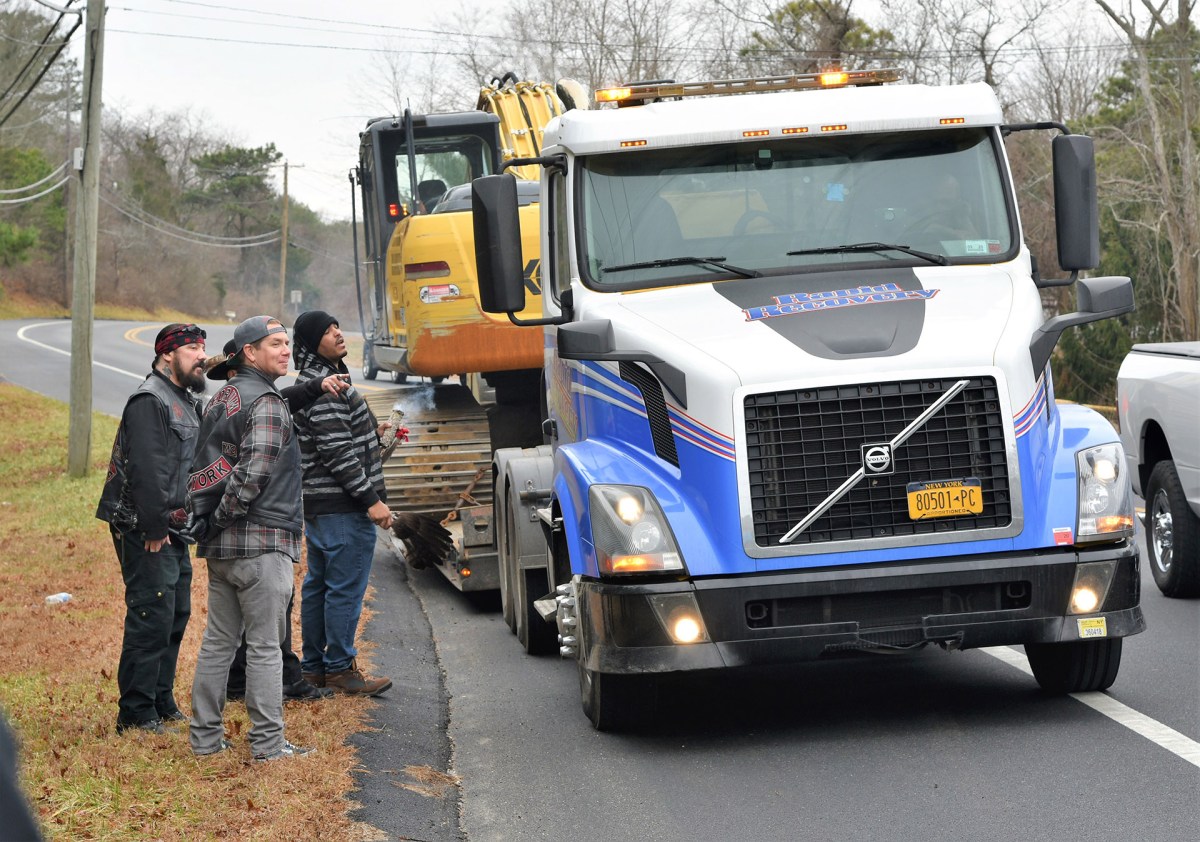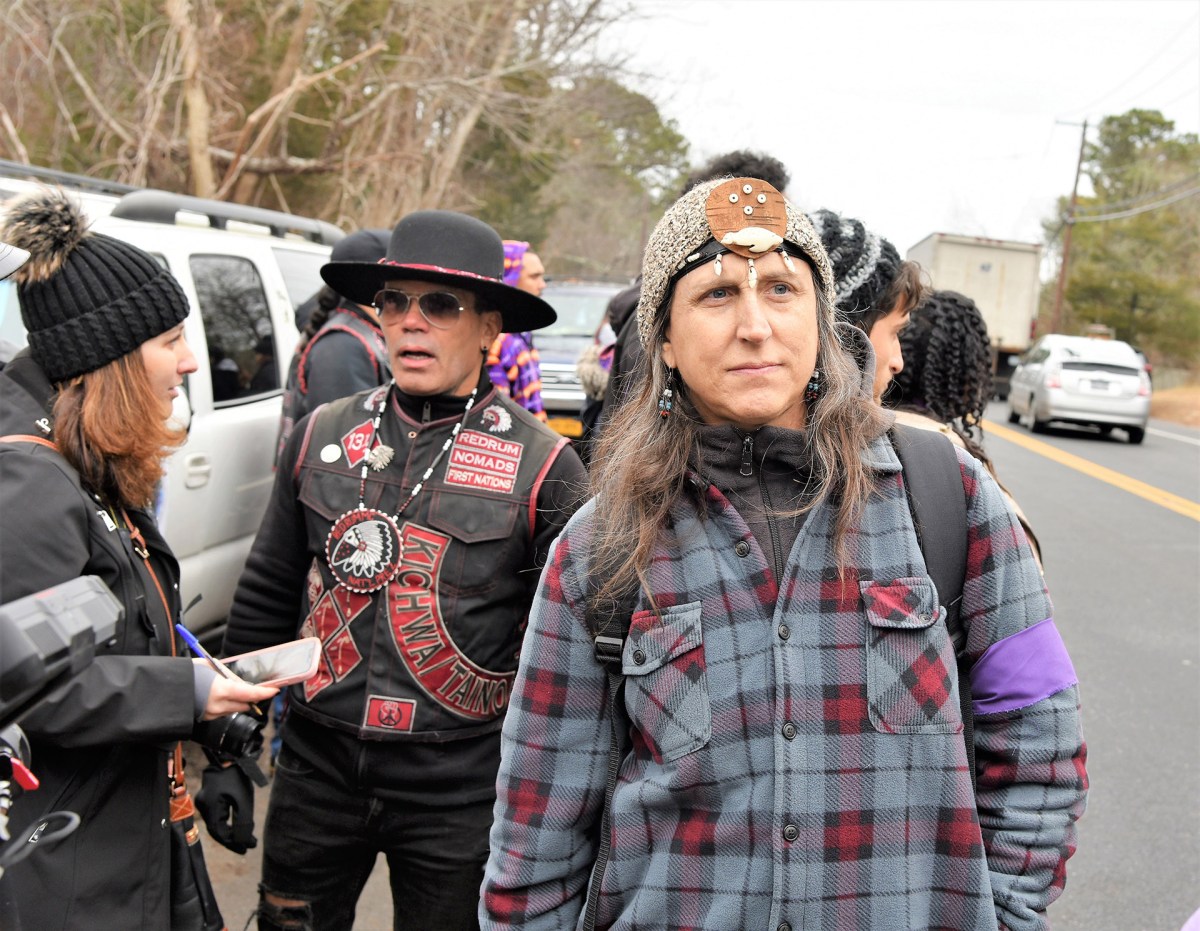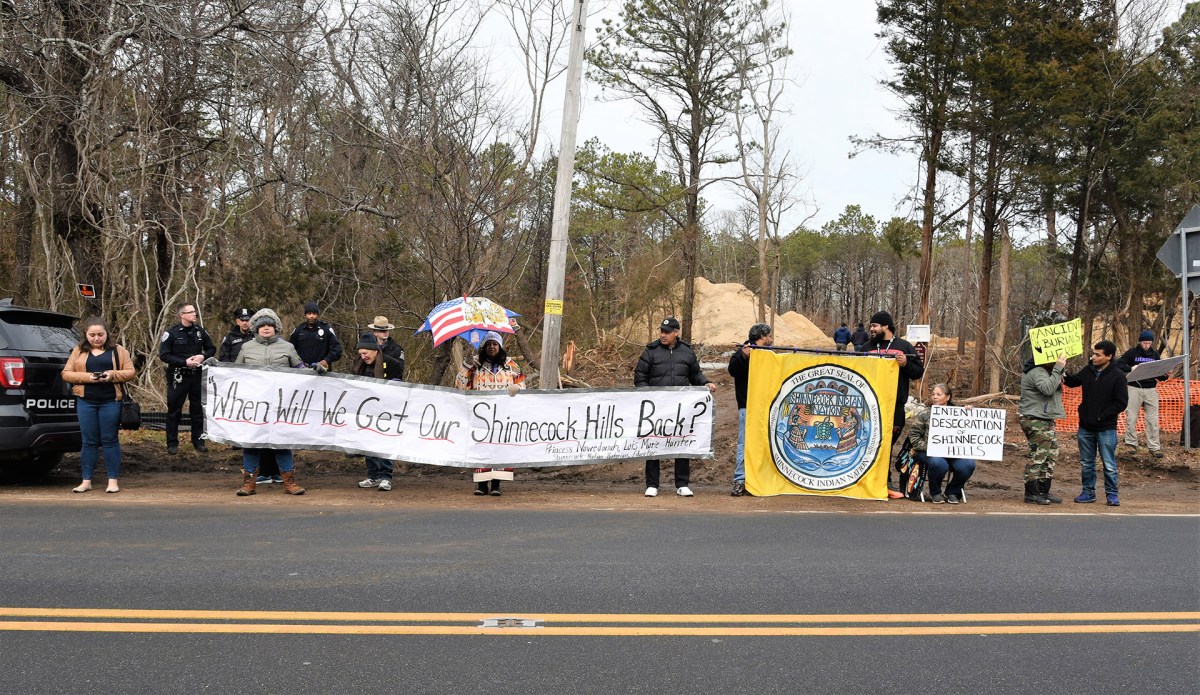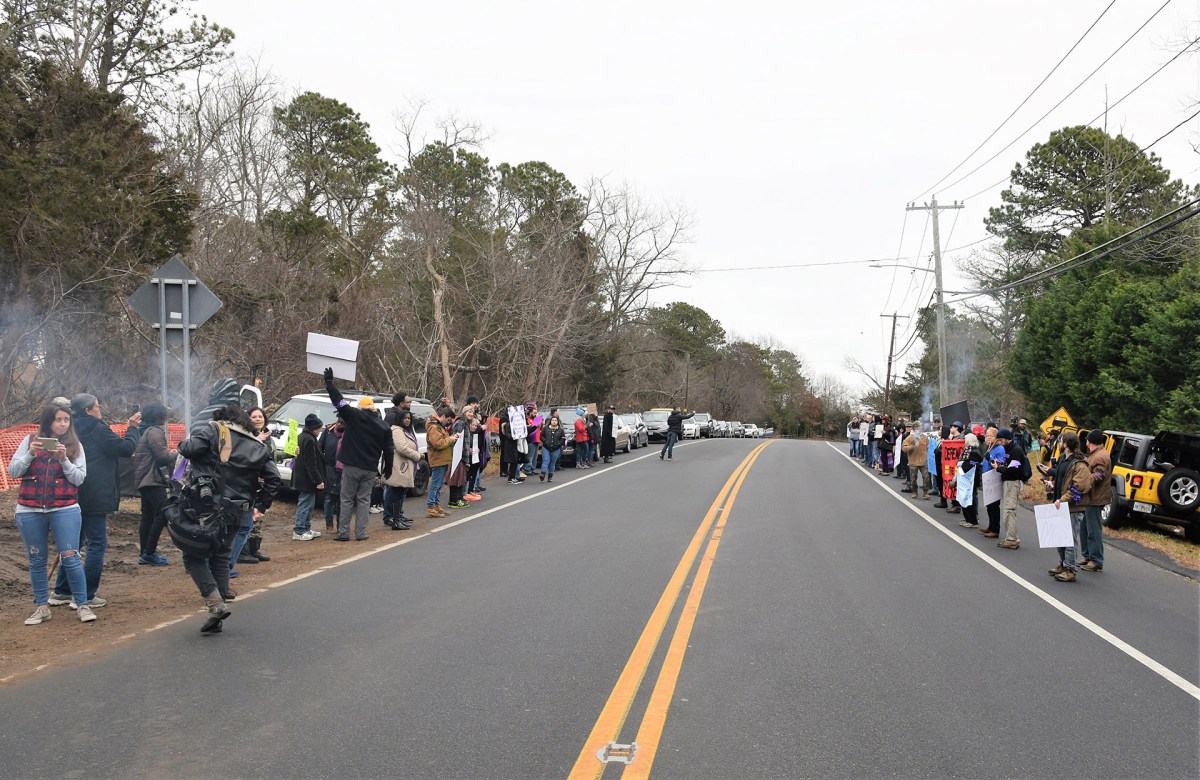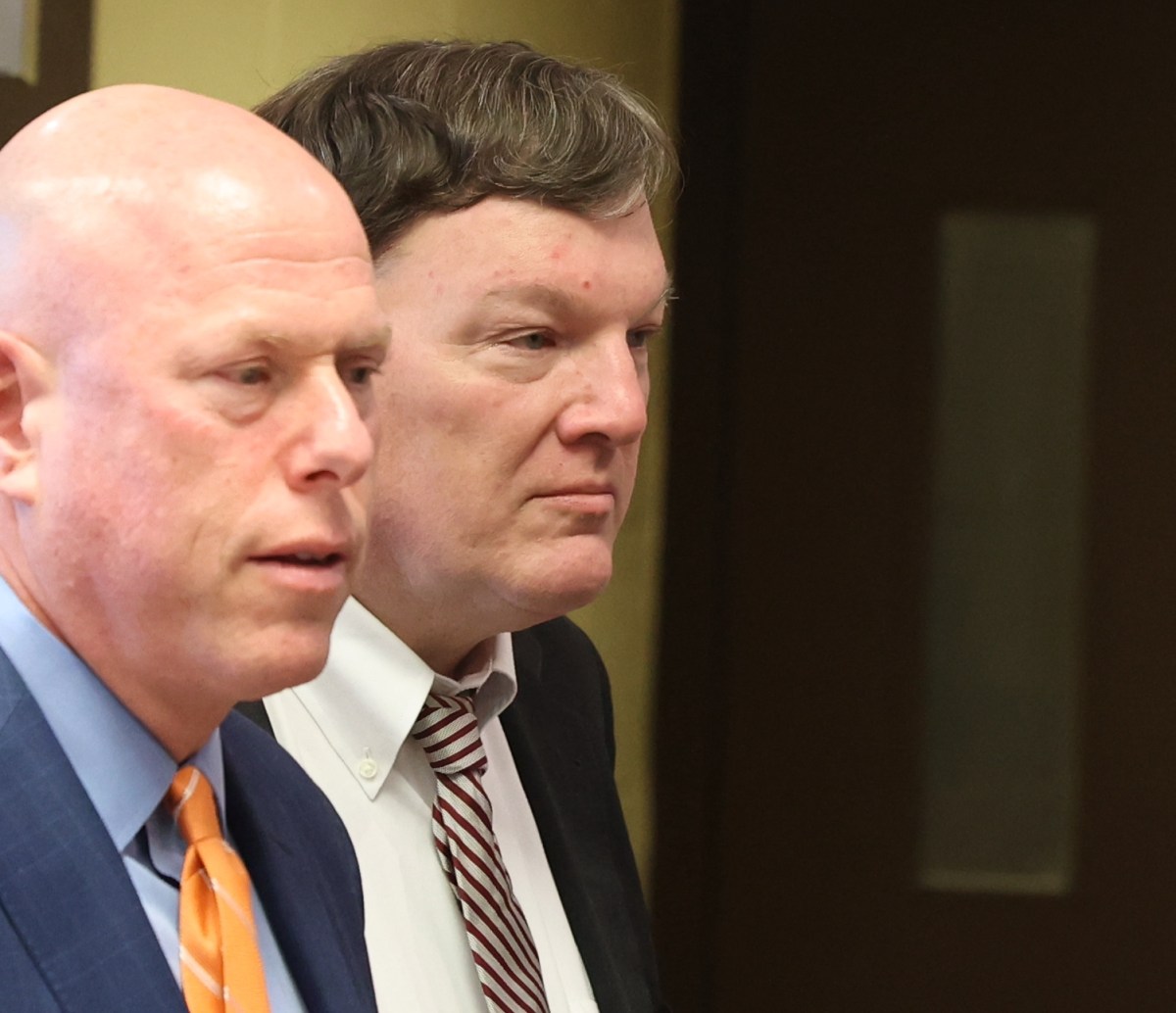Support For Shinnecock
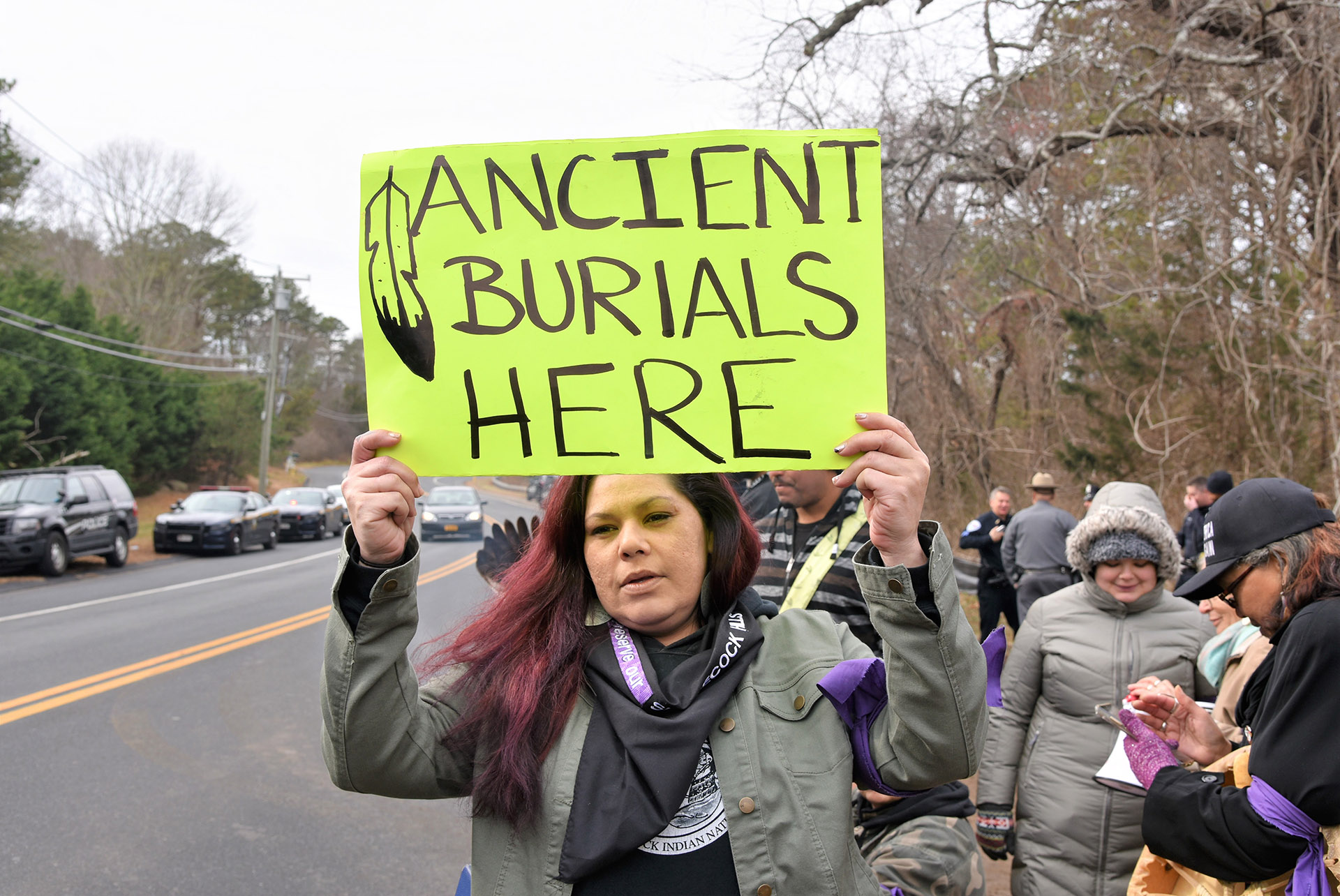
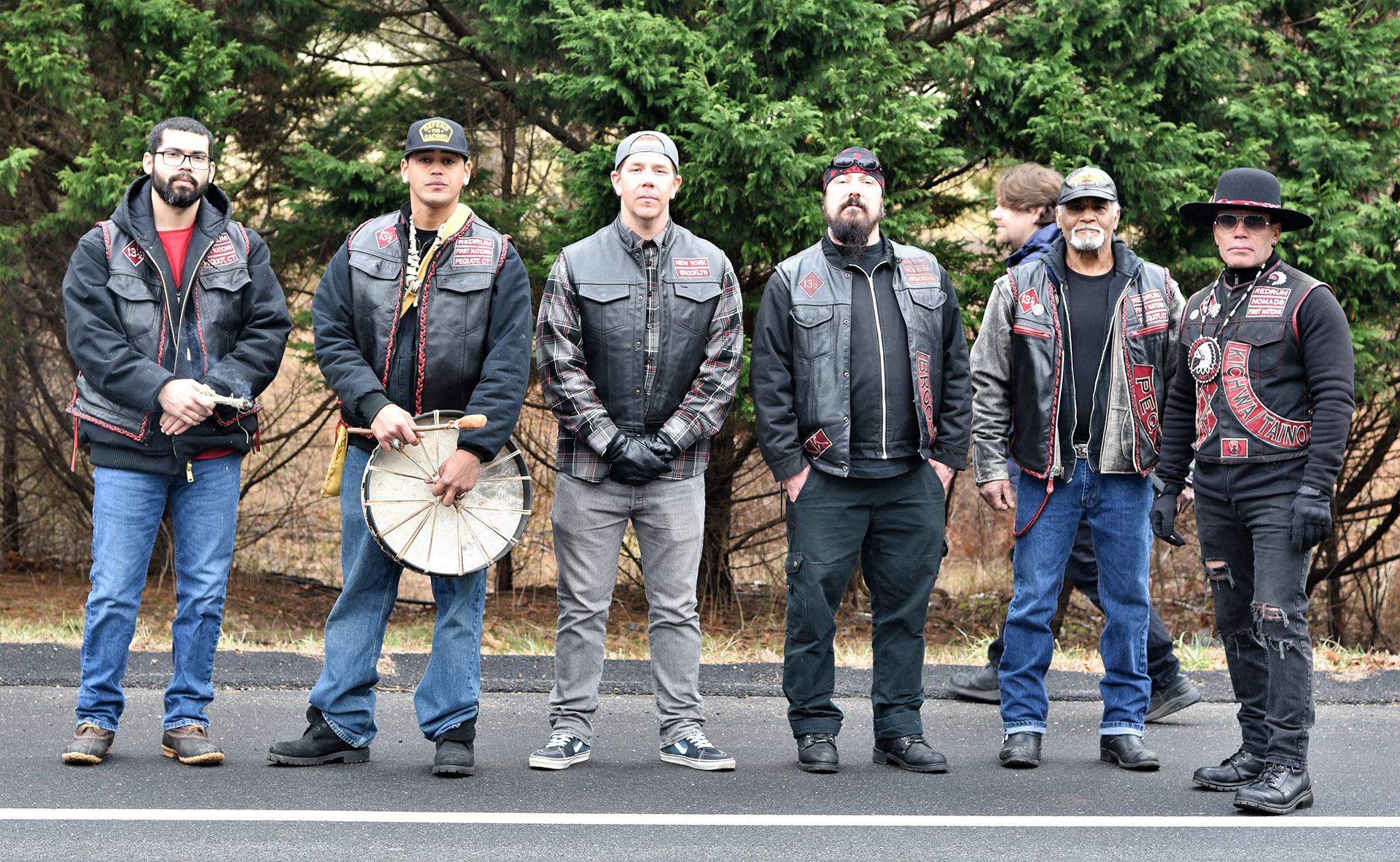
Tom Oleszczuk was just one of nearly 150 standing with the Shinnecock Indian Nation in solidarity outside a worksite along Montauk Highway in Shinnecock Hills.
The Noyac resident held up a sign that read “defend the sacred” protesting Southampton Town allowing a subdivision and subsequent excavation near what the Nation says is ancient burial grounds. Tribal members, despite a verbal agreement taking place last year following the unearthing of bones and artifacts during construction at a Hawthorne Road property, were never notified of the action being taken at the site.
“I know I wouldn’t want a cemetery where my grandparents are buried to be destroyed, much less intentionally destroyed,” Oleszczuk said. “‘Defend the Sacred’ — that to me summarizes the emotional, cultural, and psychological impact of what’s happening there upon the Shinnecock and upon those of us that feel sympathy for them. There’s no visible sign of support from the board.”
He approached members of the town board during a January 14 meeting saying a symbolic resolution could at least be passed to include consultation with Shinnecock tribal members. Southampton Town Board members unanimously voted to create a joint management advisory board for culturally-sensitive properties in October 2018, made up of members of the town and Shinnecock Nation that would guide the supervision of properties where gravesites or historic artifacts are found.
“There needs to be a cultural-resource monitor to test the area — someone who really knows about archeology,” said Noyac resident Heidi Rain, who referred to herself as an ally of the Shinnecock. “We need to slow down construction here so we can really look at the environmental impact these swift moves have.”
The town even purchased a 3-D imaging system: ground-penetrating radar — a geophysical method that uses radar pulses to image the subsurface that can detect remains without disturbing the area. It was not used on the lot adjacent to the Nation’s Sugar Loaf Hill burial grounds.
“It’s 25 years they’ve tried to have gravesite protection. Instead, there is a golf club and luxury houses built,” Rain said. “This is a terrible thing. They don’t have anyone respecting their ancestors the way we know we’d want ours respected. We don’t go into our cemeteries and trash them. Right now, the Shinnecock feels its cemetery, where their people lived and their ancestors are buried, is being trashed.”
She asked for an environmental impact study be done on all levels across Shinnecock Hills — archeological, cultural, religious. “Let’s build something that will last and help everybody involved,” she said.
Oleszczuk noticed Southampton Cemetery restoration being done on North Sea Road, and said while he sees it as a “very nice thing,” he also couldn’t help think about the tribal members.
“The Shinnecock people must drive past with real anguish knowing that’s being done on one hand, and a site is under construction on their historic burial grounds on the other,” he said. “With that renovation, there are families and people that are going to benefit. The inverse is what I think we have to stand against.”
He had originally praised the committee formation back in 2018, calling it a step “to bring our peoples together to settle the crimes of the past.”
Tina Curran, of Hampton Bays, doesn’t understand how the construction could have happened without notifying the Shinnecock. Tribal members have been protesting along Montauk Highway since December. Curran, along with others last Tuesday, sported purple bandanas worn around arms and necks to show support.
“I don’t think this is just about the Shinnecock. We all need to defend what is sacred,” she said. “Everything is being bought out from under us. Every piece of the little bit of land that’s bought from what is left is a scar we have to live with.”
desiree@indyeastend.com
